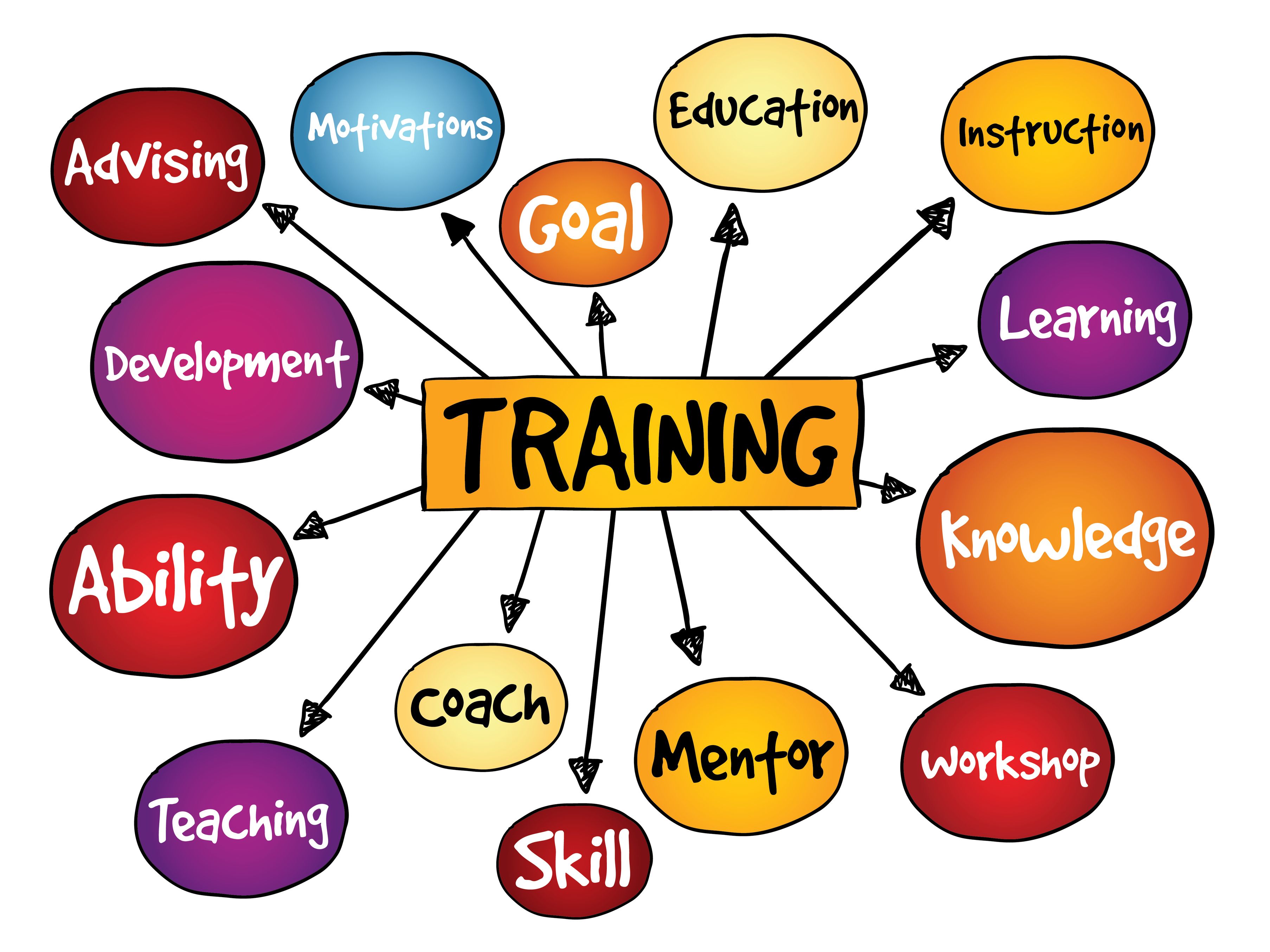Developing quality educational programs is a difficult task. No matter which instructional design methodology one adopts, it is vital to ensure that outcomes, assessments, instructional methods, and learning content are all in alignment to ensure an effective learning experience. Designing education is a complex task that requires organization and attention to detail. Missing one critical element can derail a learning program. Concept mapping is a vital tool that can enhance the design process. A concept map is a diagram that organizes information about and shows the relationship between concepts. A concept map uses a hierarchical structure that begins with a single concept that expands into sub-concepts.
One of the strengths of the concept map is it adds visual representations to the design process. The ability to see a design in an organized, methodical manner offers many benefits. As the design unfolds, a concept map allows one to see relationships between concepts and how to best organize the curriculum. One can also use the map to assist in designing learning activities and assessments that cover all of the core content. Concept maps also leave room for flexibility and creativity. By seeing all of the concepts in a visual way, one may be able to uncover other important, relevant concepts that are missing and then integrate them in a meaningful way.
Creating a concept map is a simple process. Start off by identifying the main topic. In education design, the topic is likely to be the course. The concept map could be large or small, depending on the complexity of the course. The concept map can begin at the course level and filter down to modules and then sessions within each module. As one works down the levels (course, module, session), establish large concepts to cover and drill down to more discrete sub-topics. Concept mapping software will include a variety of shapes and images that can be used to organize and identify concepts at various levels of the map. Once all of the concepts are identified, links can be made between the ideas using connectors (lines or arrows as well as words describing the connections). As work on the map unfolds, concepts can easily be added, removed, or rearranged, but should follow the hierarchical pattern.
While it is entirely possible to make a concept map with paper and writing utensils, there are a variety of concept mapping software programs on the market that make creating and editing a concept map simple, effective, and enjoyable. A few of the best options on the market include:
Inspiration: Inspiration is one of the best-known concept mapping programs. Inspiration is a desktop application that is available for both the Windows and Mac OS. Inspiration is a one-time cost of $39.95 USD.
VUE: VUE stands for Visual Understanding Environment. VUE is open-sourced mapping software developed by Tufts University that was designed specifically to support teaching, learning, and research. VUE is compatible with the Windows, Mac, and Linux OS. VUE is freeware software.
CMap Tools: CMap Tools is free software developed by the Florida Institute for Human and Machine Cognition (IHMC). CMap Tools is primarily a desktop application. If paired with the CMap Server, the software allows online creation and editing of maps, as well as collaboration between multiple users. The software works on the Windows, Mac, and Linux OS and also has an iPad app.
MindMeister: MindMeister is primarily a browser-based concept mapping tool, but also offers Apple and Android applications for mobile use. MindMeister allows collaboration between users and includes an offline mode. MindMeister is subscription-based, offering a limited free version and paid monthly subscriptions per user with a range of features for between $36-90 USD per month.
Concept mapping is an excellent way to inform the educational design process. Concept mapping is simple and easy to learn. There are a variety of software programs available offering features to meet any educator’s needs. Before you begin your next learning program design, give concept mapping a try.

